Concrete is highly durable and lasts for a very long time, especially if it is treated properly as soon as it is poured and cured. When you use a sealer, the concrete is protected and can withstand damage caused by different elements — UV rays, water, freeze and thaw cycles, and other types of wear that may occur over time. However, in the long run, the concrete sealer tends to wear out because of UV exposure, weather, cleaning and foot traffic.
Concrete sealer can be removed using chemical based strippers, acid etching or soda blasting depending on the location and size of the concrete surface. Chemical strippers are best for small indoor areas like concrete countertops while soda blasting is usually best for large outdoor areas.
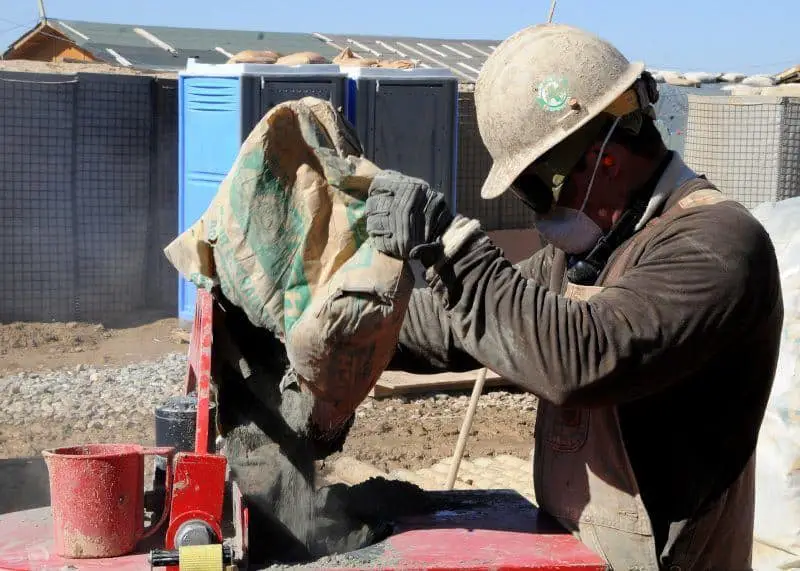
Unless you make use of a penetrating sealer, concrete sealers don’t last forever. Penetrating sealers help to strengthen and protect the concrete by changing the concrete’s chemical structure and they do not require reapplication.
On the other hand, surface or film-forming sealers need to be reapplied frequently, although, this will depend on the specific project. Some sealers, like epoxy-based ones, last longer compared to acrylic sealers while water-based sealers do not last as long as solvent-based products.
Irrespective of what type of sealer you use, it is very important to remove all traces of the old sealer from the concrete surface when you are planning to reapply the sealer to ensure that the new application will offer maximum protection. When the sealer bonds with the concrete surface, it may hamper the adhesion process if there is any old sealer present.
If you ask any person who has attempted to strip sealer or a coating of a concrete surface what they think of the process, they are sure to tell you that the process is tedious and painful. Removing old, failed or worn sealer from concrete is one of the most painful jobs that a professional working with concrete may have to take on. However, this is probably the only way to restore, prepare or repair any concrete surface.
Table of Contents
Methods to Remove Sealer From Concrete
Basically, there are two ways by which you can remove sealer from a concrete surface.
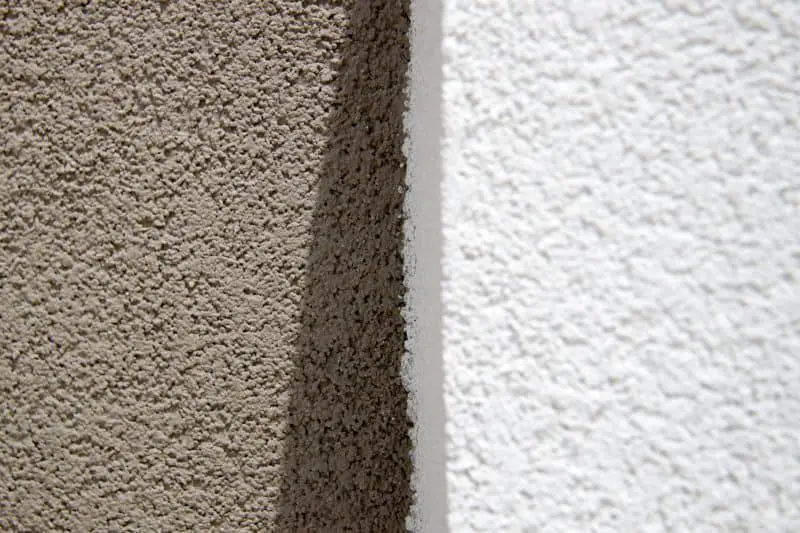
While both methods, mechanical, as well as chemical, work to remove sealer from concrete, often mechanical methods cause damage to the surface, which prevents the application of translucent decorative finishes.
In addition, mechanical methods of removal create a lot of noise and dust, which can be troublesome. This is the main reason why people prefer to use chemical strippers to remove sealers, coatings, and paints from concrete surfaces.
Types of Chemical Strippers
There are three types of chemical strippers that are used for removing sealers from concrete surfaces – solvent-based, caustic, and biochemical. All three types of chemical strippers are available at specialty paint stores, hardware stores, concrete distribution houses, and big-box outlets.
The important thing to be aware of is that irrespective of the type of chemical stripper you are using, all of them contain harsh chemicals. Before you use them, you should read all the instructions and ensure that you follow all the safety guidelines carefully.
Even the newer kinds of strippers that are supposedly “green” and “environmentally friendly” contain abrasive chemicals that can make you ill. It is extremely important to use these chemical strippers with caution and dispose of all the waste materials according to your local and state safety guidelines and regulations. Now, let’s take a closer look at the three types of chemical strippers.
Solvent-Based Strippers
Nowadays, solvent-based strippers are the most commonly used chemical strippers. The reason for the popularity of solvent-based strippers is that they work quite fast and just a small quantity of the stripper lasts for a long time.
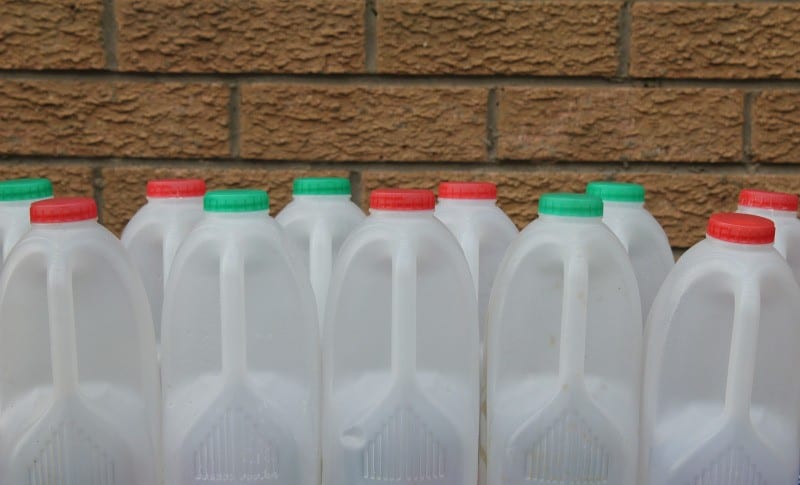
Strippers that are methylene-chloride based are quite popular and they work quite well on surfaces that are coated with resins of all kinds and thicknesses. Other kinds of solvent-based strippers that are commonly used include DBEs (dibasic esters), NMP (N- methyl pyrrolidone) and blends of acetone, alcohol, and toluene.
Typically, solvent-based strippers work effectively only when they’re wet and so, it is very important to ensure that the solvent evaporates very slowly because this impacts the performance of the product.
Once you have removed the sealer, all the residue, and the remaining chemical stripper, cleanup is very simple. You simply need to scrub the area with soap and water, and finally, rinse it with clean water. It is recommended that you use a high-pressure washer for the best results.
When Is It Best to Use Solvent-Based Strippers?
Most concrete professionals prefer to use solvent-based strippers as they are quick-acting, aggressive and can remove practically any type of sealer or coating in 1 to 2 applications.
Common sealer resins such as acrylic, polyurethane, epoxy, polyurea, and polyaspartic that are used on concrete can be easily removed with a high-quality solvent-based stripper. However, these strippers are more effective when they are used in cool areas that are free of drafts because both heat, as well as wind, cause the solvent to evaporate quickly and slow down or halt the stripping process completely.
Safety Precautions
You must be extremely careful while working with strippers that are methylene-chloride based because they can cause skin irritation and if used excessively, they can even damage the liver permanently. There are other kinds of solvent-based strippers which are less harmful; however, these evaporate very quickly and are also highly flammable.
It is extremely important to ensure that the area is well-ventilated when you are using solvent-based strippers. So, keep your doors and windows open and keep fans switched on so that there is good air circulation.
Caustic Strippers
Made from alkaline chemicals, these strippers have a high pH, which destroys the coating film and allows you to remove it very easily from the concrete surface.
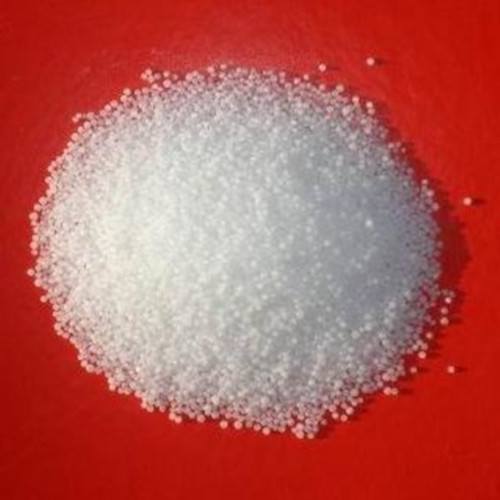
Source: alibaba.com
When Is It Best to Use Caustic Strippers?
These are very good for removing latex, enamel paints and alkyds from concrete surfaces. They may not be very good to remove polyurethane, epoxy, acrylic coatings or sealers because these resins resist caustic chemicals effectively. Also, caustic strippers do not work very well when the temperature is below 50oF and coatings with a thicker build need a greater number of applications of the caustic stripper compared to other kinds of chemical strippers.
Safety Precautions
The best part about using caustic strippers to remove coatings from concrete surfaces is that they are easier to handle and are less harmful than solvent-based strippers. Once the caustic stripper has finished stripping the coating, you need to wash the area with a neutralizing solution to ensure that the coating and remaining caustic stripper is removed completely in order to prepare the concrete surface for the next process.
Ensure that the waste material is disposed of properly because caustic strippers have a tendency to remain active and even after being removed from the concrete, they may react with other chemicals.
Biochemical Strippers
These are the newest entrants in strippers and for the last five years, they have been growing in terms of their availability and popularity. The main reason why biochemical strippers are popular is that they are made using natural plant material, which makes them sustainable and since they don’t contain any harsh caustic chemicals or solvents, they are environmentally friendly.

Typically, the active ingredients most commonly found in biochemical strippers are plant-based esters or acids, with the common plant sources being soy oil, citric acid, pine oil, and corn sugars.
When Is It Best to Use Biochemical Strippers?
Most often, biochemical strippers are used by professionals only when they are working in areas that are environmentally sensitive, where odors of the solvent, rinse water or overspray of the stripper can potentially be harmful or even kill plants, grass or trees. These strippers are considered eco-friendly, they are the easiest to work with and do not have a very offensive, unpleasant odor.
However, they are among the least aggressive of all the categories of strippers and to remove the sealer or coating properly, these biochemical strippers must be left on the concrete surface for long periods. The amount of stripper required and the amount of time it must stay on the surface to be effective also depends on the thickness of the coating or sealer. For instance, to remove a thick coating of high-build epoxy from a concrete surface, it may take a biochemical stripper around 12 to 24 hours to work.
Safety Precautions
Most of the biochemical strippers contain NMP or N-methyl pyrrolidone which can cause mild skin irritation. So, it is a good idea to use protective gloves, goggles and wear clothes that cover your arms and legs even while using biochemical strippers.
How to Choose the Right Stripper for the Job
When you are removing sealer from a concrete surface, it is important to answer a few questions, which can help you decide which is the best remover for the job.
What Are You Removing?
Selecting the right stripper for the specific project depends on a few factors. It is very important to know the kind of coating or sealer you’re trying to remove. There are many differences between polyurethane, acrylic and enamel sealers/ coatings. Ideally, you should attempt to match the strength of the stripper to that of the sealer.
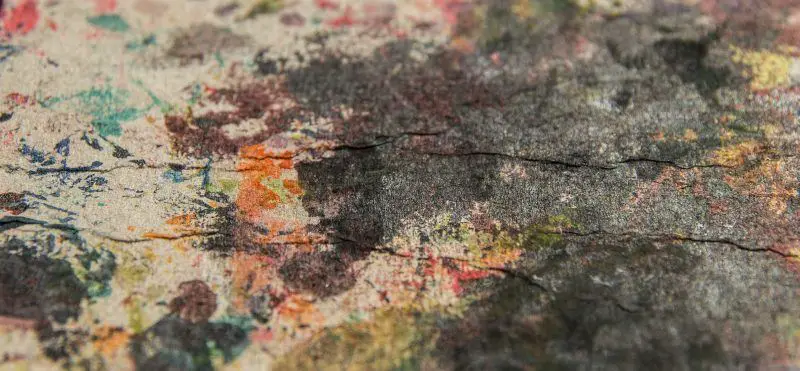
High-build or thicker epoxy and polyurethane-based sealers are removed more efficiently and quickly with a strong solvent-based stripper. A caustic or biochemical stripper may be enough to remove acrylic sealers that are much thinner.
Understanding what you are trying to remove can help a lot in choosing the right type of stripper, which can be time and cost-effective. However, if you do not have any idea of what kind of sealer or coating was used on the concrete surface, then are some basic tips that can help:
Thickness and Condition of the Sealer
If you have identified the kind of sealer used on the concrete surface or have at least categorized it as being non-acrylic or acrylic-based, the next thing that you should do is determine the thickness and condition of the sealer.
Is the sealer in good condition and is it sticking well to the concrete surface or is it flaking, loose and coming away easily? If the sealer is in good condition and is adhered well to the concrete surface, then you’ll have to make use of a strong solvent-based stripper to remove it from the surface. If the sealer is failing, weak or loose, then you could use a milder biochemical stripper to do the job.
Where Is the Stripping Job Being Done?
Another very important factor that must be considered is the location of the concrete that needs to be stripped and what will be the impact of the stripper that you are using on the environment, the surrounding plants, people and other structures. When you are considering which stripper to use to remove sealer from concrete, safety should always be the primary concern.
Usually, solvent-based strippers produce odor. They are the most aggressive type of strippers and the fumes they emit may be flammable. So, it is important that you do not make use of solvent-based strippers in areas where there are open flames or sparks.
It is also a good idea to avoid using these strippers in public places or areas where the fumes can travel via the HVAC systems and reach people where they are living or working. The fumes produced by solvent-based strippers are more hazardous than the stripper itself.
Both solvent-based, as well as caustic strippers, can kill any plant life that they come in contact with and they can also contaminate the water in tanks and ponds. In such cases, the newer biochemical strippers are more eco-friendly and work better.
While you may not have any choice but to use an aggressive solvent-based or caustic stripper to remove high-build sealers. In the end, it comes down to providing proper ventilation, taking proper safety measures and managing the job site properly.
Removing Specialty Floor Finish or Floor Wax
If you want to remove floor finishes or floor wax, then there are specialized alcohol-based strippers that are not as aggressive as the other chemical strippers. Most of these strippers are water-based and can only remove the topcoat finish or wax and do not affect the sealer that is below. There are some strippers that target only specific types of chemicals on the floor finish or wax.
Application Tips for Chemical Strippers
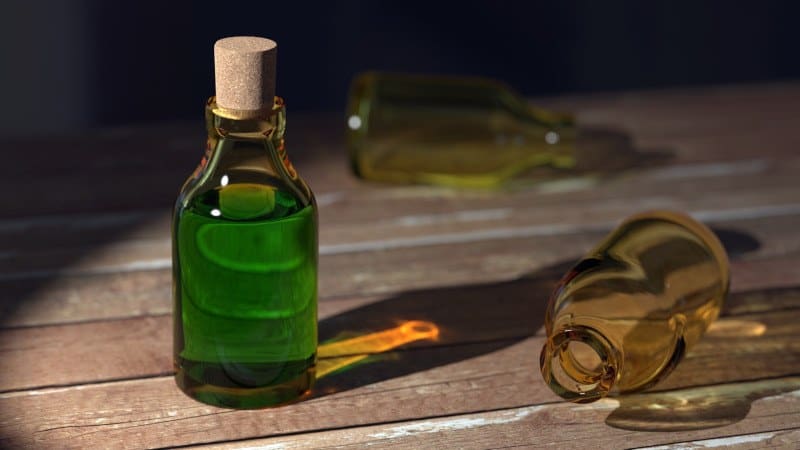
Keeping the Stripper “Active”
The most important thing while using a chemical stripper to remove sealer from concrete is that the stripper should be kept “active” or wet. The stripper will stop working if it dries up, which is why most chemical strippers are available in a paste or gel form. The gel or paste allows you to apply the stripper more easily. However, the main thing is that it helps to slow down the evaporation and lets the stripper remain active for a longer time.
Here are some ways to prevent a chemical stripper from drying very quickly:
Disposing of All the Waste Safely
When the chemical stripper is applied to the concrete surface and it does the job of removing the sealer, it leaves behind a gooey mess. This essentially consists of the stripper gel or paste and the sealer that has not been liquified. You must remove all the gooey mess from the concrete.
To remove the goo from smooth concrete, the best tool is a flat blade scraper. You can scrape off all the sealer and stripper residue and put it into a non-reactive container or bag. Repeat the same process until all the solid material is removed from the concrete. Ensure that the waste is disposed of per your local, as well as, state environmental guidelines.
However, this scraping method is not effective on stamped or textured concrete surfaces. In such cases, instead of a scraper, using a non-reactive stiff broom or scrub brush is the best. Ensure that you focus on the textured areas and indentations of the pattern where the sealer usually hides.
Once you complete the scraping and scrubbing of the residue, clean the area with soap and clean water. A good idea for effective cleaning is to use a high-pressure washer and hot water. The hot water helps to remove the residue of the sealer and stripper effectively. After this, you must check if you need to use the stripper again and repeat the process or if you can rinse the surface to start the next part of the job.
Reading the Directions Carefully
The most important part of using a chemical stripper to remove sealer from concrete is to read the directions and application instructions for the specific stripper that you are using for the job. Each product has a different application, safety precautions and clean-up guidelines, which is based on the chemistry of the particular product. It is recommended that you follow the manufacturer’s recommendations rather than using your own application and clean-up methods.
Acid Etching
Another way to remove sealer from a concrete surface is by acid etching the concrete by using hydrochloric or muriatic acid. The process can be handled by a homeowner as long as you take proper care and the necessary precautions.
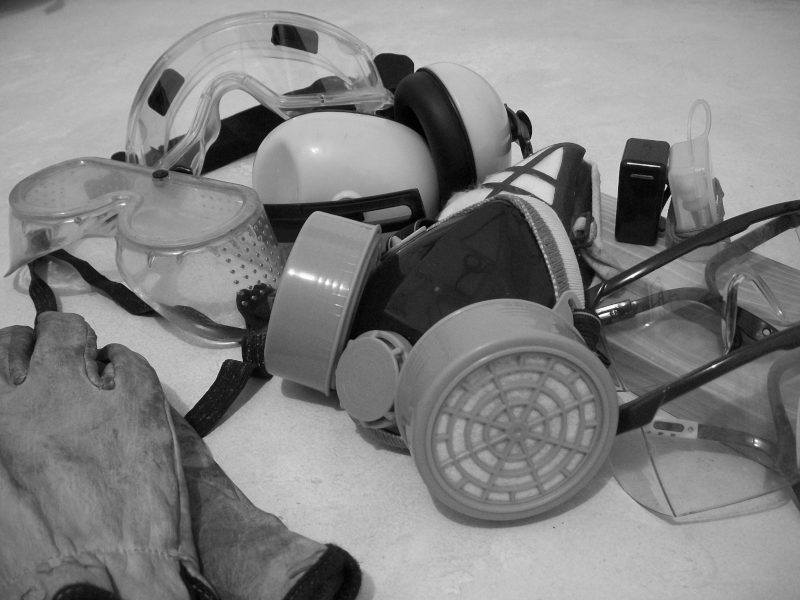
- 1First, the acid must be diluted in order to reduce its potential hazard.
- 2Next, spray the acid on the concrete surface and scrub vigorously.
- 3Then, neutralize the acid and wash the concrete surface.
- 4The acid etching will completely remove the old sealer from the concrete surface and you will have a fresh surface ready for reapplication of the sealer.
- 5Once the acid etching of the concrete surface is complete, you must allow the concrete to dry completely before reapplying the new coat of sealer.
- 6If the surface is dirty with any debris or it is wet, the new sealer coat will not adhere to the surface properly leading to problems in the future.
- 7When the concrete surface is completely dry, you can apply a new coat of sealer.
Soda Blasting
Using chemical strippers to remove sealers from concrete can be quite a tedious and painful process, even for professional installers. Even the new environmentally friendly, “green” strippers need many preventive measures so that the other surfaces are not contaminated. In addition, you need to deal with the gooey, messy residue after the chemical treatment is completed.
Soda Blasting is a new alternative to removing sealers from concrete and is a gentler and safer method compared to chemical stripping. Soda blasting helps to preserve the concrete surface and is environmentally friendly. It is a form of blasting, where the blasting media that is commonly used like sand, crushed walnut shells or carborundum is replaced with sodium bicarbonate (No. 5-grade baking soda).
How Does Soda Blasting Work and What Are Its Advantages?
The process of blasting is when the media is propelled using high-pressure air. Typically, the media traditionally used for blasting is hard and quite destructive. It removes the coating or sealer, but it also scars and profiles the underlying surface. This is especially a problem in the case of decorative concrete because along with the sealer/coating, the concrete surface also gets damaged.
However, in the case of soda blasting, softer baking soda is used as the media and it explodes when it comes into contact with the sealer or coating. The energy used in removing the sealer or coating keeps the underlying surface intact without any scarring. Even if you soda blast unprotected concrete, the surface will not be affected, as baking soda does not have sufficient energy to scar or profile the concrete surface.
Another advantage of soda blasting is that there is no spent media, unlike traditional blasting, where plenty of spent media is produced. Even with all the advanced vacuum and recycling systems available, spent media is a cause of environmental concern and there is also a huge cost.
However, in the case of soda blasting, when the soft media comes in contact with the concrete surface, it turns into a powder that is harmless. The powder is inert and does not have any environmental implications. Also, baking soda is easier to control and vacuum compared to hard media, sand, and others like it.
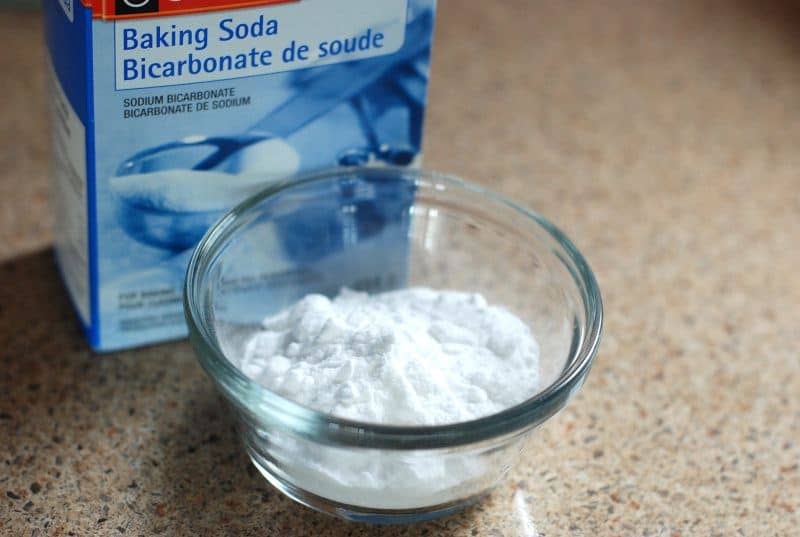
Limitations of Soda Blasting
The only drawback of the soda blasting process is that since baking soda is alkaline, large quantities of it can change the pH of the waterways and soil. While soda blasting is a safer and cleaner method for sealer and coating removal, you still need to take the necessary precautions to control and collect all the used media.
And, while the soda blasting process can remove most types of coatings, you may need to make extra passes for thicker and high-build sealers and coatings like polyurethanes and epoxies. Sealers like acrylics are much thinner and just a single pass is sufficient to remove them easily.
Soda Blasting: A Better Alternative
Compared to all the other methods of removing sealer or coating from concrete surfaces, soda blasting is the best alternative. The biggest advantage is that the sealer is removed very quickly without causing any damage to the concrete and this process is especially beneficial for textured and stamped concrete surfaces, which can be very difficult to strip using chemical strippers.
Another benefit of soda blasting is that it is safe to use. Most of the chemical strippers are hazardous to both the person applying the stripper, as well as the surrounding environment. With soda blasting, you only need to control the baking soda residue.
When you compare the cost of chemical removal of the sealer compared to soda blasting, while the chemical strippers cost less per square foot, the process of soda blasting makes up the cost in terms of savings in labor, less time and reduced cleaning up.
Undoubtedly removing sealer or coating from concrete is a cumbersome and painful job. However, if you have the knowledge of strippers and understand how each of them works and which stripper is the best match for your job, the removal process can be a lot less tedious. And, this can help you to streamline the process better and also produce the best results.
Resources:
Media Blast
